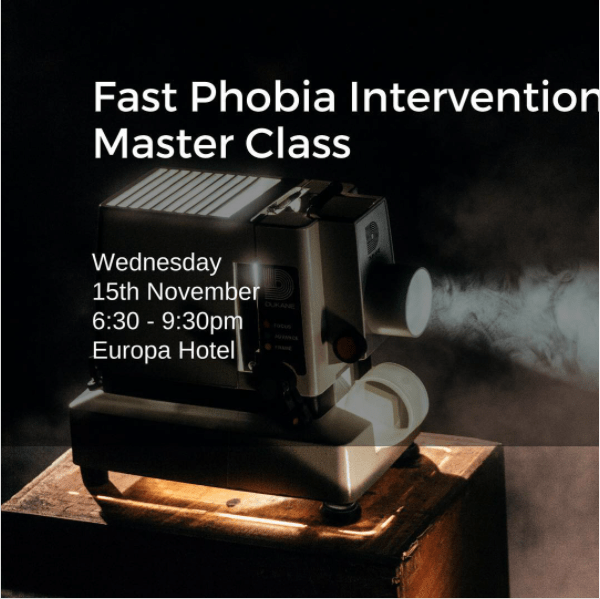What every NLP Practitioner and Therapist should know but probably don’t?
Tony Robbins launched his business of personal change by attending his NLP Practitioner training, and when he learnt about phobias, he actually left the training and went out and started doing phobia cures with people. I mean immediately, straight away. And his whole business is built around doing Fast Phobia Interventions and change work with people.
It is my experience that there are a lot of NLP practitioners out there who don’t know how to do phobia cures or feel too scared to do it. It’s one of the cornerstones of rapid change because it’s so contextually specific, and it’s such an intense experience of change – for the person to have a phobia disappear in minutes is very profound and amazing convincer of the power of NLP.
But you don’t have to be Tony Robbins to do phobia interventions. Anyone can learn how to do phobias interventions, if you understand the key principles.
The Key Principles are important because I have seen people trying to treat something that wasn’t a phobia using the fast phobia model. Guess what ? It won’t work. As they say in engineering, “A drill is great for making holes, but makes a crap hammer”. You need to know when to use the right tool.
So, on this NLP Master Class, I am going to explain what phobias really are. How they actually work and the 3 most popular approaches to getting rid of phobias, including the approaches that Tony Robbins uses:
I’m going to talk about using collapse anchors for phobias which is the main technique Tony Robbins uses, and it is also heavily used in CBT.
We are going to use the fast phobia model, or the “rewind technique” or “trauma-focused rewinding” which are all fancy names on the same principle. This technique was created by Richard Bandler, and is the most famous approach.
And we are going to use Time Line Therapy ®. This is a lesser known technique and is in my opinion the most powerful, because it works exactly as expected on 99.5% of cases, and when used with the fast phobia model has a 100% success rate.
And there is also a fourth method, which is something we only teach the NLP Master Practitioner

